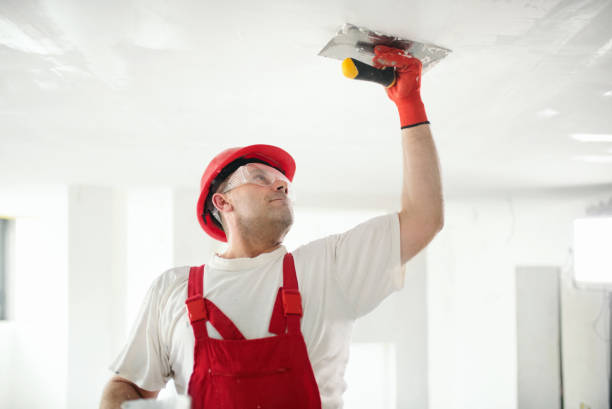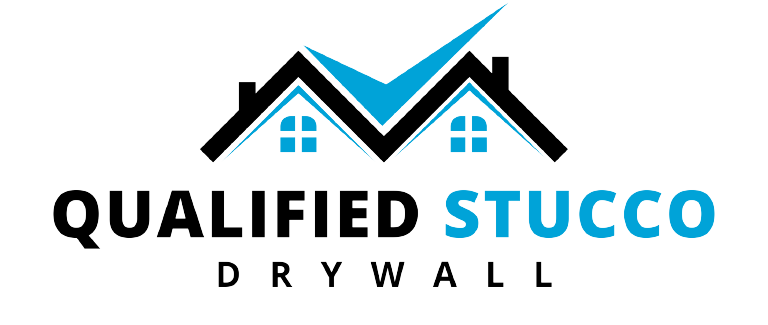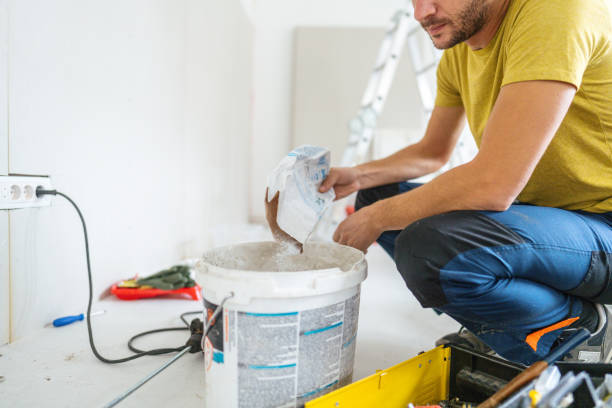Are you considering a drywall painting project to give your space a fresh new look? Before you dive in, it is important to be well-prepared. Proper planning and knowledge of the process can save you time, money, and frustration. This blog post discusses the key things you need to know before starting a drywall painting project, ensuring successful results and a smooth painting experience.
Surface Preparation:
Before you begin painting your drywall, thorough surface preparation is crucial. Start by inspecting the wall for any imperfections like cracks, holes, or dents. Use a putty knife and joint compound to fill these flaws, followed by sanding to create a smooth surface. Cleaning the wall to remove dust, grease, or other contaminants is equally important. Adequate surface preparation ensures the paint adheres properly and gives you a flawless finish.

Choosing the Right Paint and Tools :
Selecting the appropriate paint and tools is vital for a successful drywall painting project. Consider the room’s purpose, lighting conditions, and style when choosing the paint color. Option for high-quality paints that offer good coverage and durability. Don’t forget to invest in high-quality brushes, rollers, trays, and drop cloths. The right tools will make the painting process easier and yield professional-looking results. What To Know Before Starting A Drywall Painting Project.
Primer Application :
Using a primer before painting is highly recommended. Primers create a smooth, uniform surface, enhance paint adhesion, and prevent stains from bleeding through the paint. Apply a coat of primer to the entire drywall surface, allowing it to dry completely before applying the paint. Primer also helps to seal any repaired areas and evens out the wall’s texture, ensuring consistent color application.
Proper Painting Techniques :
Mastering the proper painting techniques is essential for a flawless finish. Start with cutting in the edges of the wall using a brush, then use a roller for larger areas. Maintain a wet edge while painting to avoid visible lap marks. Apply thin, even coats of paint, allowing sufficient drying time between each coat. Apply multiple coats to achieve the desired color intensity and coverage if needed.
Ventilation and Safety Precautions :
While painting, it is crucial to ensure proper ventilation in the room. Open windows or use fans to circulate fresh air, especially when working with oil-based paints. Additionally, take necessary safety precautions such as wearing protective eyewear, gloves, and a mask to protect yourself from fumes and paint splatters. Lay drop cloths to protect flooring and furniture, and cover outlets and switches to prevent paint damage.
Conclusion :
Embarking on a drywall painting project can be a rewarding experience when you have the right knowledge and preparation. From surface preparation to choosing the right paint and tools, each step plays a vital role in achieving a professional-looking result. Remember to invest time in proper surface preparation, choose high-quality paints and tools, and follow the recommended painting techniques. By doing so, you’ll be well-equipped to transform your space with a beautiful and lasting paint job.

